Advanced brain tumor surgeries and minimally invasive neurosurgical treatments using cutting-edge technologies.

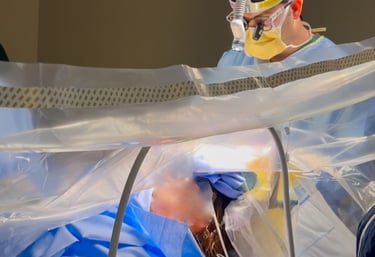
Awake Craniotomies
Performing surgery while the patient is awake to preserve speech, movement, and other vital brain functions.
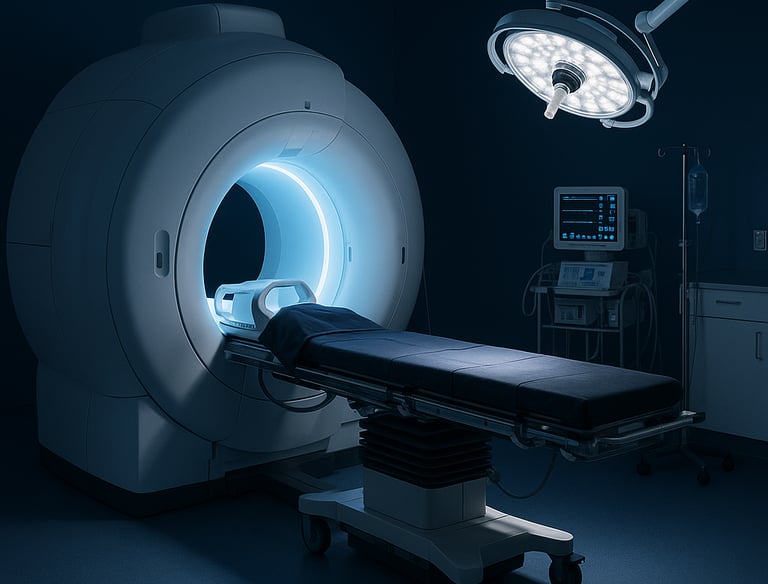

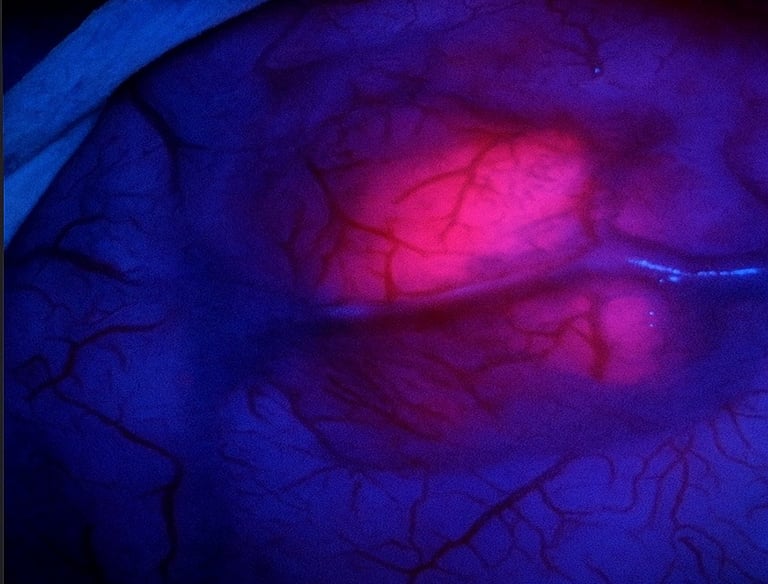

Intraoperative MRI
Real-time MRI during surgery to ensure complete and precise tumor removal while protecting healthy tissue.
Fluorescence-Guided Surgery
(5-ALA)
A targeted dye that illuminates tumor cells under blue light, helping distinguish tumor from normal brain tissue.
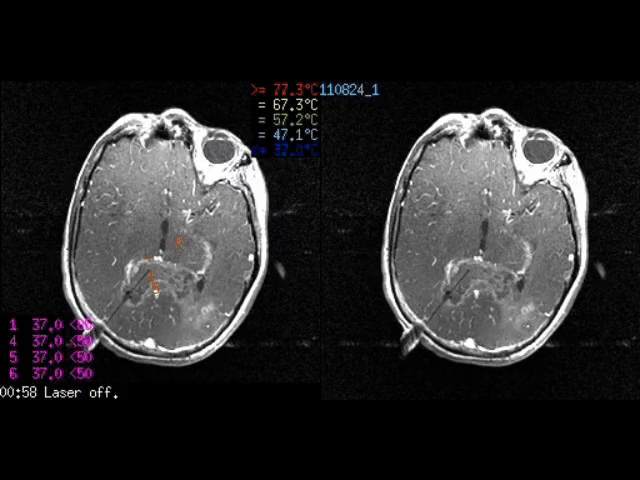

Laser Interstitial Thermal Therapy (LITT)
MRI-guided laser therapy that destroys deep or recurrent tumors through a small incision, often with same-day recovery.
Connectomic-Guided Surgery
Real-time MRI during surgery to ensure complete and precise tumor removal while protecting healthy tissue.
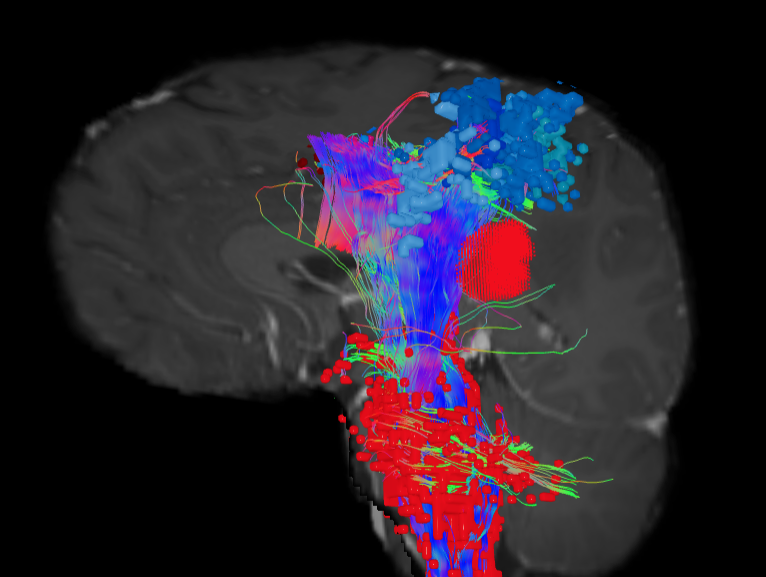


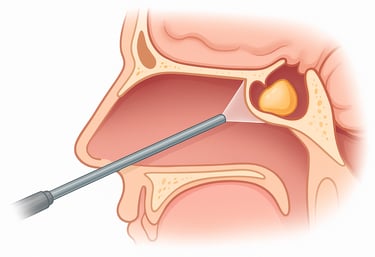
Endoscopic Endonasal Incision-less
Surgery
A minimally invasive approach through the nose to remove pituitary and skull base tumors without external incisions.
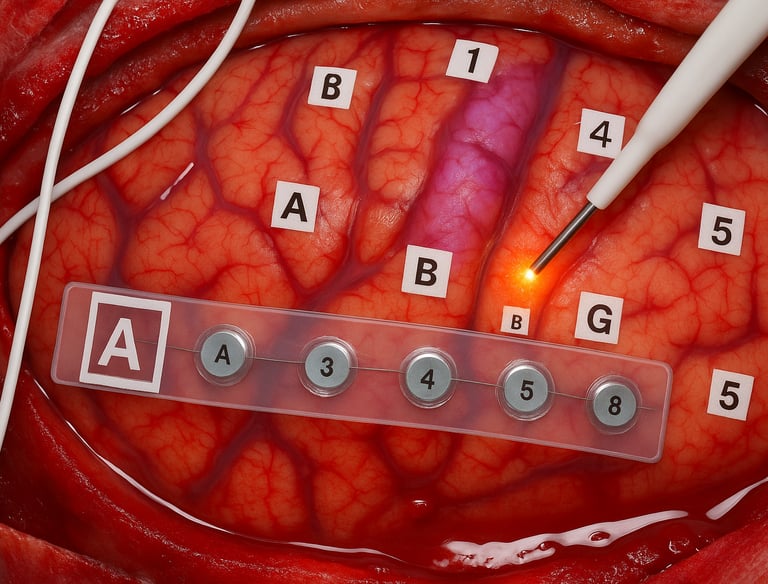

Functional Motor Mapping
Real-time stimulation used to identify and preserve motor pathways during tumor surgery near areas controlling movement.


Intraoperative Brachytherapy Radiation
Targeted radiation seeds placed directly in the tumor cavity to reduce recurrence risk after resection.
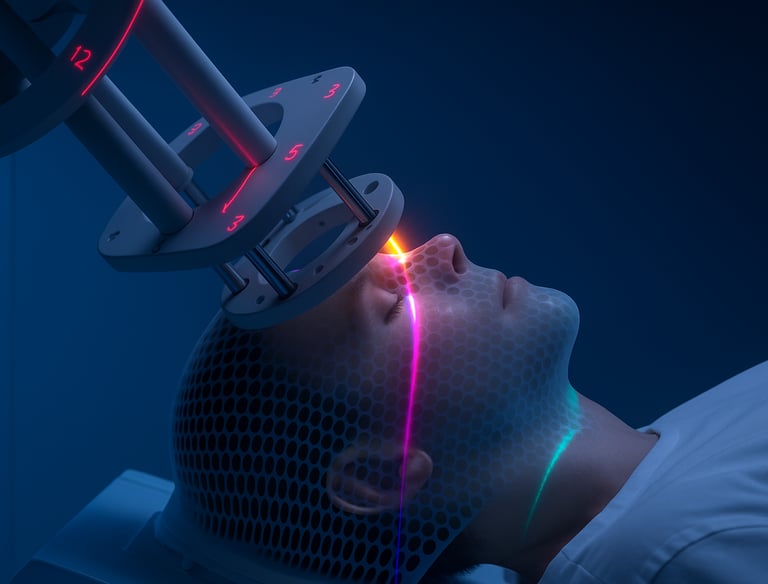

Precisely targeted, non-invasive radiation treatment for select brain and skull base tumors.
Stereotactic Radiosurgery
FAQs
What is awake craniotomy?
Awake craniotomy allows real-time brain mapping during surgery to preserve critical functions while removing tumors safely.
How does 5-ALA fluorescence work?
5-ALA tumor fluorescence highlights cancerous tissue during surgery, improving tumor removal accuracy and patient outcomes.
What is laser interstitial therapy?
Laser interstitial therapy uses targeted laser heat to destroy tumors minimally invasively, reducing recovery time and surgical risks.
Which conditions are treated?
I treat brain tumors, normal pressure hydrocephalus, and trigeminal neuralgia using advanced neurosurgical techniques.
What technologies are used?
I utilize advanced methods like cortical mapping, endoscopic surgeries, stereotactic radiosurgery, and minimally invasive approaches.
Is minimally invasive surgery available?
Yes, minimally invasive keyhole and tubular surgeries reduce trauma and speed recovery while maintaining surgical precision.